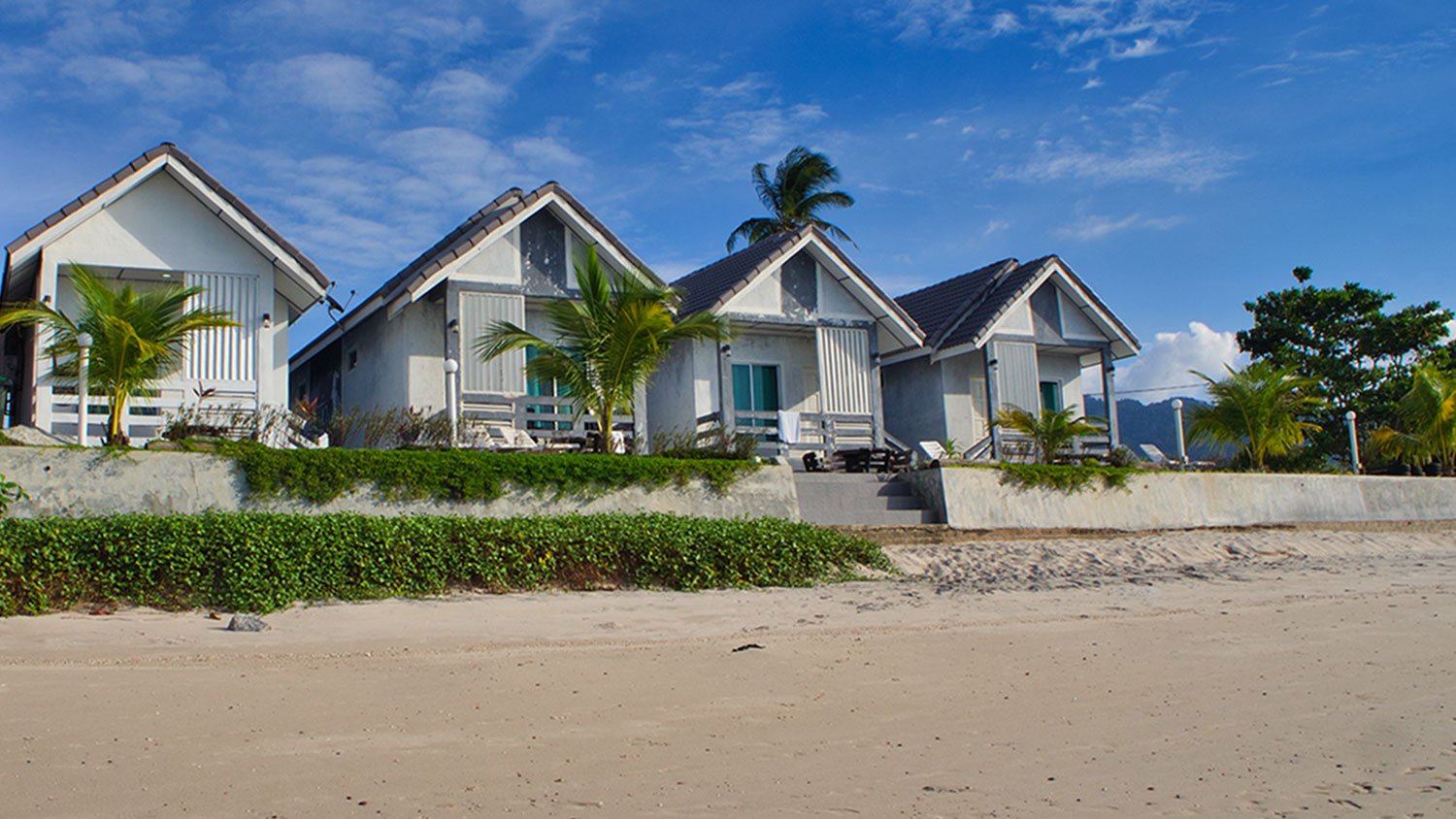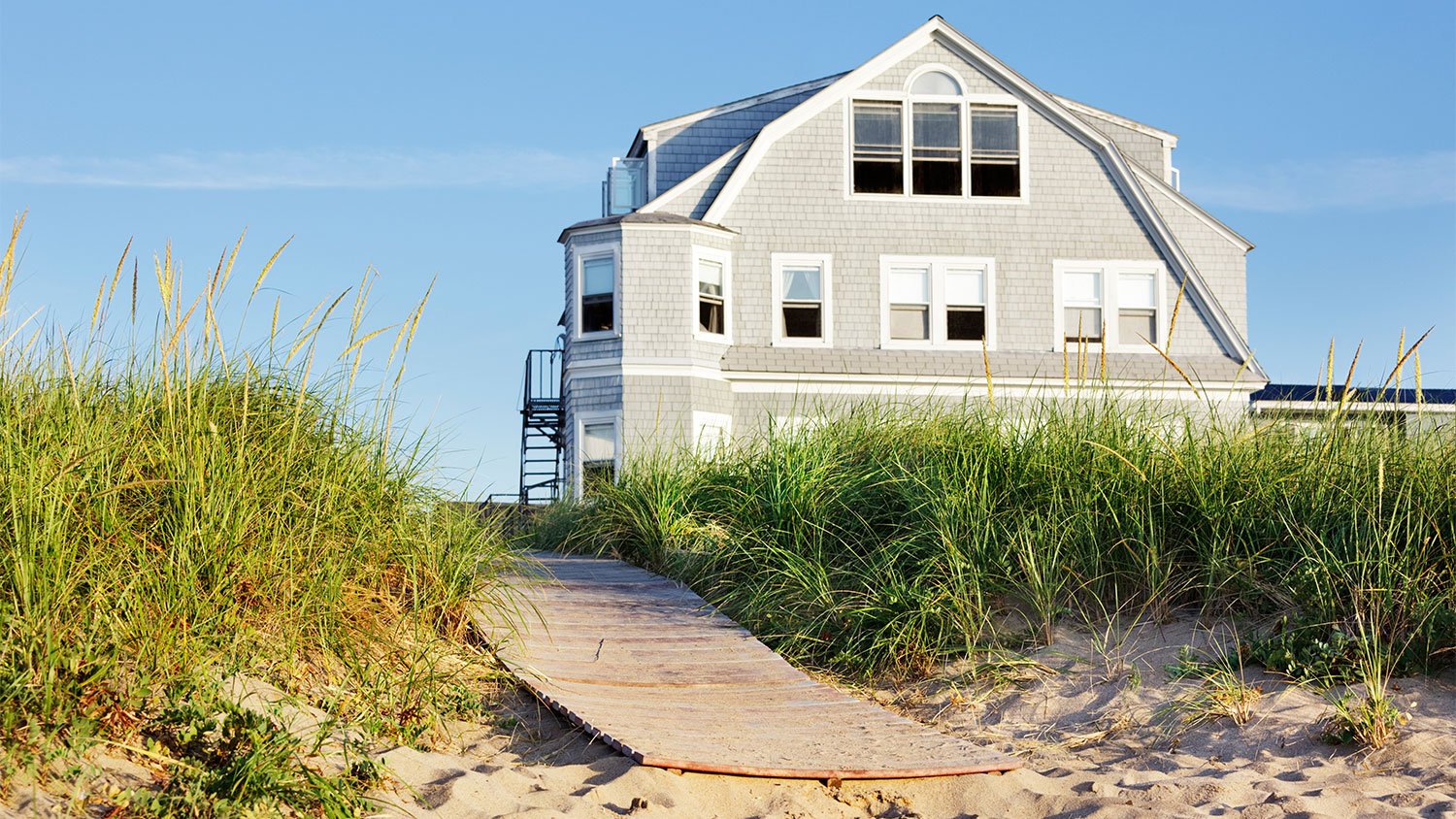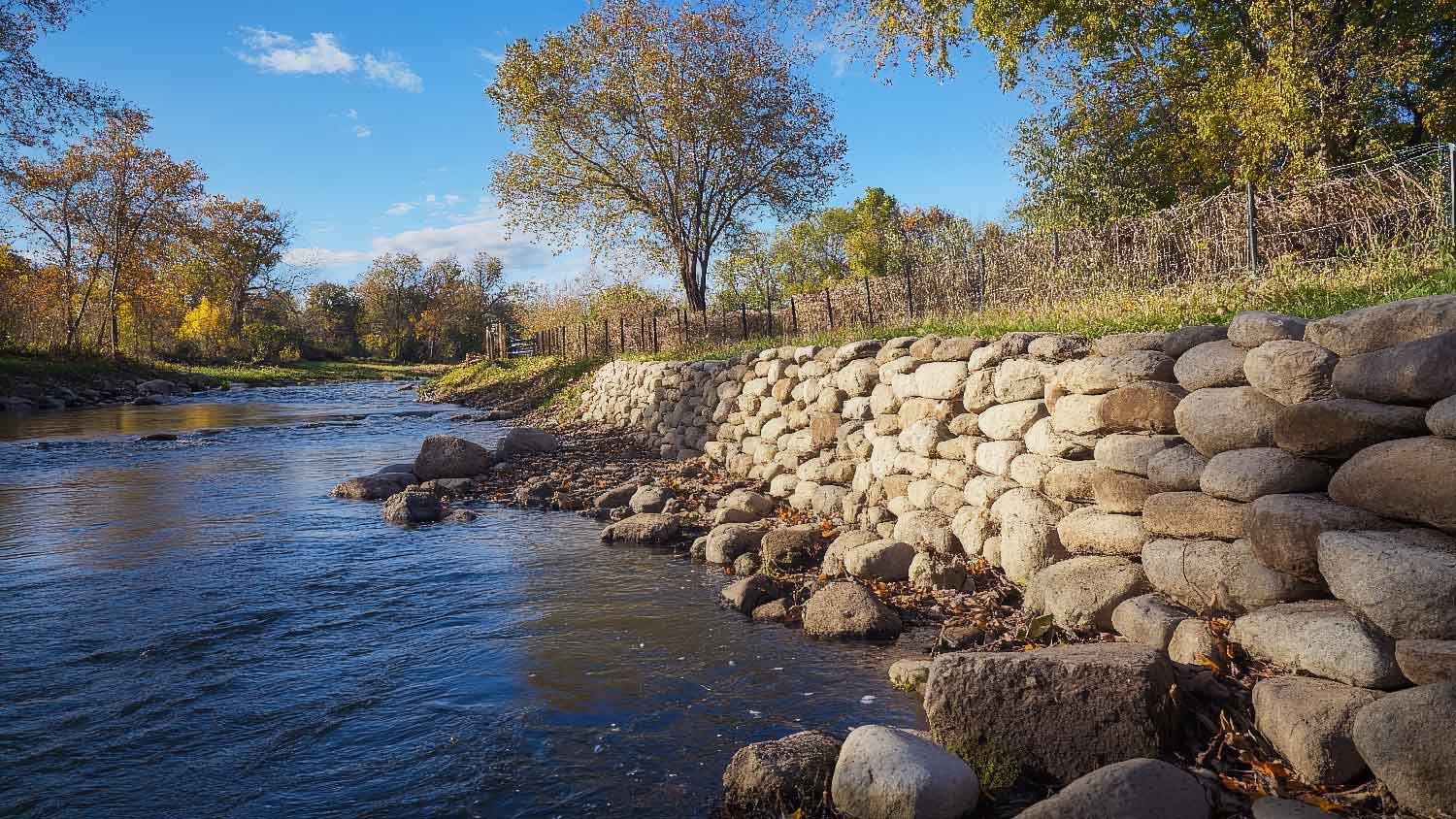
Ivy might look pretty, but you probably don’t want it in your garden. Learn how much it’ll cost to remove ivy by type, treatment method, and more.
Keep your sandy property safe with these tips


For beach-front properties, shoreline erosion can be a big problem. As a homeowner, you’re constantly worried about what erosion does to your land and possibly even to your home if it gets severe enough.
Fortunately, there are things you can do to prevent erosion. With the right steps, you can protect your beach property and make sure it lasts through the ages. Read on for ways to prevent erosion on a beach-front property.
Rip-rap rocks are large boulders with rough, jagged edges. They’re placed along beachfronts to break up wave energy before it can erode away sand dunes and backshore. Despite their intimidating appearance, they serve an important function in coastal areas. First, they slow erosion by deflecting waves and keeping them from crashing ashore as intensely. Second, they create habitats for fish and sea birds by creating elevated structures in which organisms can thrive.

A bulkhead is placed at or near ground level of a building, which prevents water from seeping in between layers of earth at low tide. Seawalls, while they do more than just prevent erosion, are used by people who live along oceans and large bodies of water in order to protect their land against harsh waves and tidal forces. Both of these are good options for homeowners looking to protect themselves from erosion.
When a bluff that protects your property from erosion starts to slump, it’s time to take action before it’s gone. There are two main ways in which soil loss can occur: either through downslope movement or lateral scour. Downslope erosion occurs when an area of land becomes too steep; sand and other sediment move downhill faster than they should, leaving it vulnerable. Lateral erosion is much more common and involves wind, water, ice and gravity working together to remove material along a slope.
As these forces act upon loose materials along a slope (usually due to poor grading), they loosen dirt and rocks that travel laterally toward areas below where they will then be deposited. To prevent both types of erosion from occurring on your beach-front property, consider installing vegetative barriers such as dune grasses or shrubs near shorelines to help stabilize sand dunes that may have been disturbed by storms or flooding.

One of the easiest ways to prevent erosion is with vegetation. Plants root systems help add mass back into your sandy property and can even improve water quality. There are many plants you can use as protective barriers, but one of the favorites is beach grass. Planting native species like beach grass (Ammophila arenaria) ensures that you’re not introducing invasive species onto your property and that these plants will thrive in your specific environment for years to come.
Another great way to combat erosion of your beach-front property is by utilizing coir logs. Coir logs, which can be found at most garden supply stores, are designed to suck up water like a sponge and help prevent erosion by holding onto sand in windy conditions. To secure them, you’ll need heavy twine and several long bamboo stakes.
First, push each stake into the ground about two feet from one end of your row of coir logs. Next, tie one end of your twine to a stake and wrap it around each log twice before tying it off again. This will ensure that they stay put during high winds. Finally, repeat with all remaining stakes until you have covered every log with twine. Keep in mind that these won’t last forever—you should replace them after three years or so—but they do an excellent job for a fraction of what synthetic erosion control methods cost.
If you’re looking for ways to prevent sand from washing away, consider using a contour wattle, which is a bamboo structure that's driven into the ground. Then it's bound together with twine, wire, or a combination of both. The gaps between each piece are left open so that when water passes through it has somewhere to go instead of staying pooled in an area where erosion occurs. Several lines of wattles will be needed at varying heights along your coastline.
Erosion is a tough problem to deal with, and sometimes it’s better to let a professional handle it. Contact a landscaping company near you to come out to your property and recommend some courses of action based on your unique situation. They may recommend one or more of the above methods, while recommending against some of the others, which is why you should hire a shoreline contractor. This will give you an idea of what actions you need to take, and the landscaper can provide you with a quote on how much it will cost you.
From average costs to expert advice, get all the answers you need to get your job done.

Ivy might look pretty, but you probably don’t want it in your garden. Learn how much it’ll cost to remove ivy by type, treatment method, and more.

Leveling your yard can help with drainage and prevent damage to your home. Learn the cost to level a yard in Columbus, OH, and what factors can affect the price.

Looking to step up your golf game without leaving your property? This guide details backyard putting green costs to help you decide if this project is worth it.

Learn how to remove juniper bushes, regardless of their size, in four simple steps to make room for other landscaping or eliminate an overgrown bush.

Looking to build flood and erosion resilience on your land? Review this guide for riprap costs that will stabilize your shorefront property.

Wondering when the best time to regrade your yard is? Learn why fall is ideal and what factors you should consider that affect your specific timeline.